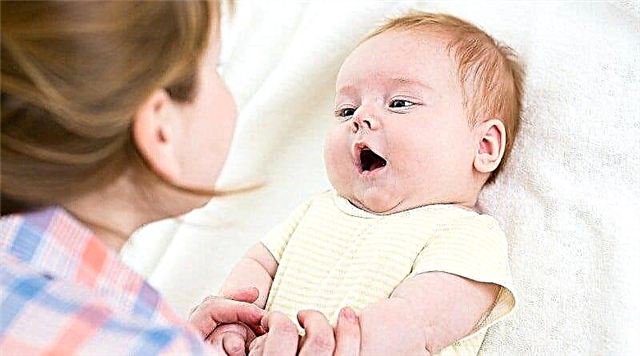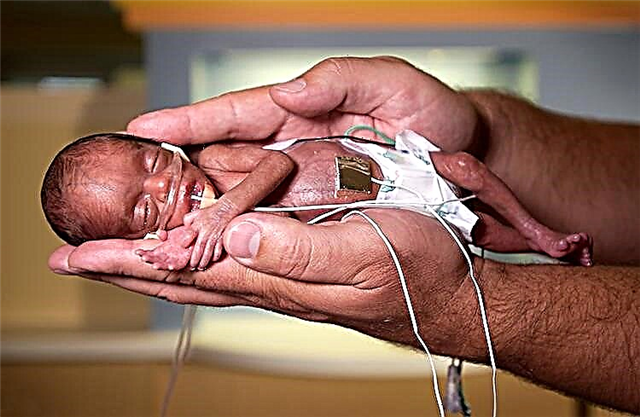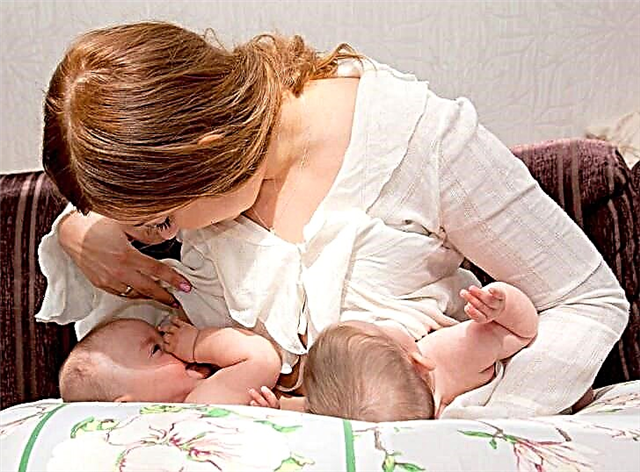
Vomiting usually occurs when the digestive tract is malfunctioning, for example, due to the ingestion of toxic substances or infectious agents into the stomach. Could vomiting be a harmless teething symptom? How to make sure that vomiting does not indicate an intestinal infection or other dangerous pathology in a baby with teething teeth, and how to help a baby?
What does it look like?
The baby has a lot of saliva, the baby is restless. Vomit is usually represented by food that the baby ate, sometimes partially digested. Often, vomiting associated with cutting teeth occurs up to 2 times a day and in 1-2 days the baby's condition is normalized.
Could there be vomiting from teething?
There is no direct connection between the appearance of vomiting and the process of teething in a baby, however, during the period when a child's new teeth come out, there are many factors that contribute to the occurrence of vomiting. This happens especially often in a situation when several teeth climb at the same time.

Causes
- The gag reflex in a toddler with teething becomes more pronounced and can be irritated by the excess saliva that is secreted in the baby's mouth.
- Due to the child's constant desire to rub his gums and gnaw on surrounding objects, the baby can bring an infection into the digestive tract. This is facilitated by a decrease in immunity.
- When a baby has a tooth cut, its nutrition can be disrupted, which can also provoke vomiting.
- If the pain during the eruption of a tooth bothers the baby very much and the baby is constantly crying, he can swallow a lot of air, which will cause vomiting.
- Teething is quite often accompanied by a high temperature, against which vomiting often appears.
- Vomiting attacks in a teething baby can be triggered by force-feeding the baby.
Infection symptoms
It is important to note that the child's body rarely reacts to cutting teeth with bouts of vomiting, so one should not confidently associate such a symptom with teeth.
Much more often, vomiting is caused by a medical condition, such as an infection. You can identify it by the following signs:
- Vomiting more often than one or two times.
- In addition to vomiting, the child has a high fever, diarrhea, and his condition is greatly aggravated.
- The masses released during vomiting contain an admixture of blood or bile.

How can I help my child?
If vomiting is single and the baby does not have other symptoms of diseases, you should simply observe the baby, ensuring that he is in such a position that, in case of repeated vomiting, the contents of the digestive tract cannot enter the respiratory organs. But the best option would still be to consult a pediatrician, so that the fact of teething in the baby does not prevent the diagnosis of a disease in time, a symptom of which may be vomiting.
Tips for parents
- Special anesthetic gels will help to alleviate the condition of a baby with cutting teeth. You can also wipe the sore gums with a tampon with chamomile decoction.
- Since the baby has a lot of saliva, you need to wipe his mouth with a napkin in time so that saliva does not accumulate in the mouth in large quantities.
- To prevent infectious agents from getting into the baby's mouth, let the baby gnaw on clean teethers and keep the baby's handles clean.
- Do not force your child to eat as this can lead to vomiting. Offer food to your baby in small portions and preferably pureed.



